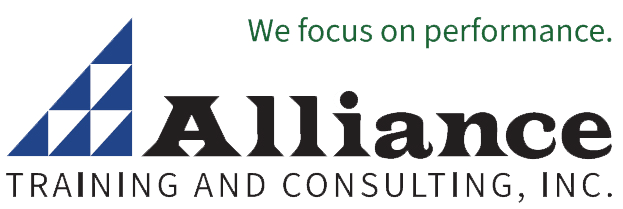Managing Accounts Payable
Training to Manage the Accounts Payable: Implement Best Practices for Efficiency and Accuracy
In this onsite training, participants will gain the knowledge and skills to streamline the accounts payable process while maintaining efficiency and compliance. By understanding key strategies and best practices, attendees will be able to manage payments effectively and navigate complex regulations. This course emphasizes practical decision-making such as when to approve payments, handle business reimbursements, and ultimately optimizing their accounts payable functions and reduce risks.
Who Should Attend
Accounts payable supervisors and support staff, purchasing agents or anyone with buying power.
Training Benefits
- Apply the best practices for an efficient accounts payable department
- Build cooperation between accounts payable and other departments
- Transform accounts payable into a profit center instead of a cost center
- Recognize the legal consequences of accounts payable
- Evaluate and streamline your accounts payable process with the use of the latest technology
Overview of Concepts and Deliverables Provided
- Determine what bills should be paid without ever writing a check
- Identify what to do about the 80/20 rule that applies to accounts payable
- Determine when a purchase order is a must
- Acquire the ability to say “no” to manual checks
- Recognize the key elements of the Prompt Payment Act and the Uniform Commercial Code which directly impact accounts payable
- Analyze whether or not you should take a discount
- Discover how to communicate the impact of incomplete paperwork in dollars and cents
- Distinguish what bills need only one approval
- Determine when a business expense reimbursement is taxable income
- Explore the new Internal Revenue Code requirements for information reporting
- Identify how to reduce check fraud
- Recognize the latest technology in accounts payable
- Recall the number one audit issue of most states and what can put your company’s name on the audit list
